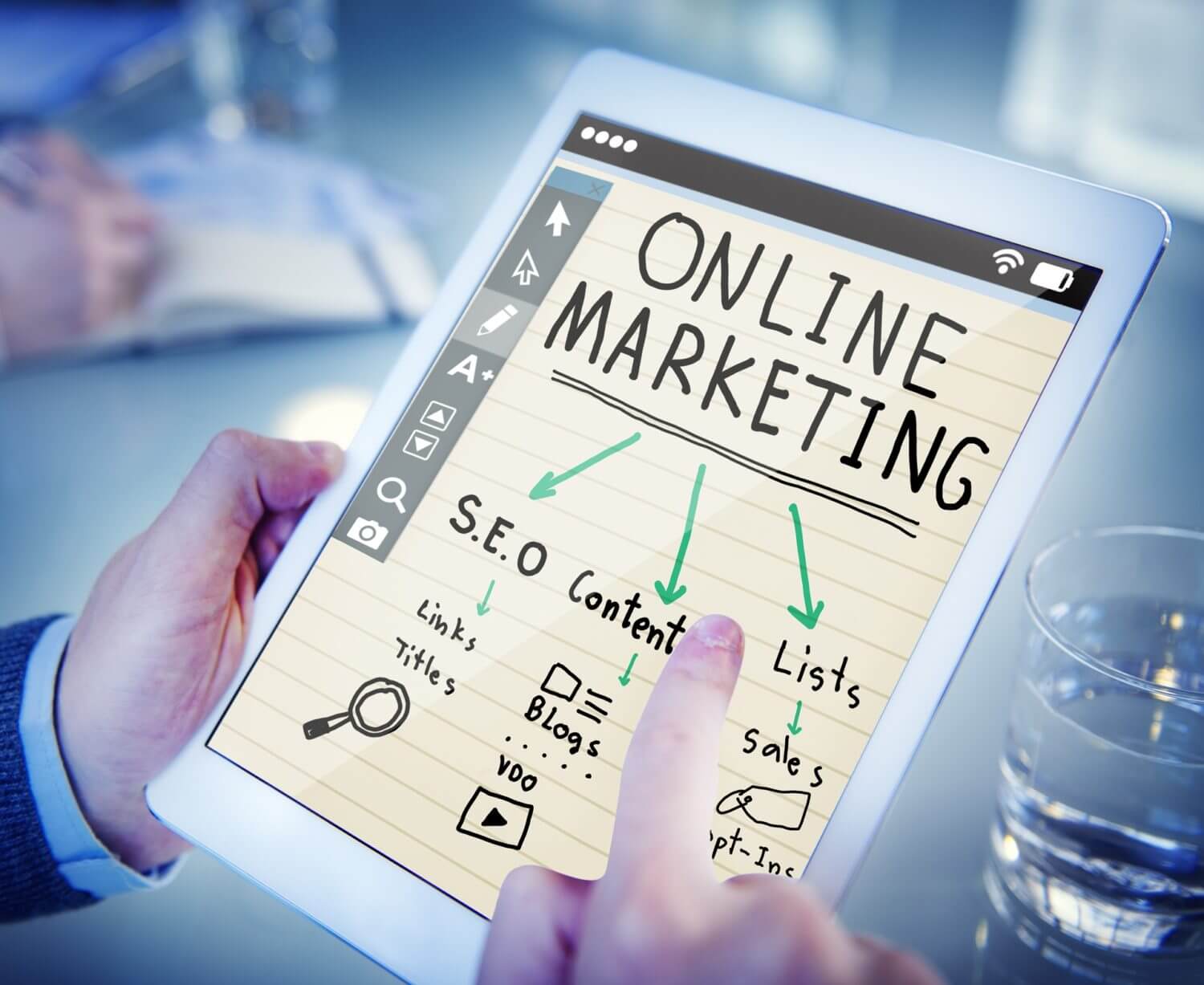Launching a website that is accessible worldwide is a surefire way to successfully begin building your global brand. However, true growth relies on your ability to establish a unique brand identity, reach international markets, and customize your global presence. Proven success with your current audience is beneficial, but is not necessarily a make or break factor when introducing an international brand. Here are a few things you should consider before launching your brand in the U.S.
Start by Asking the Right Questions
Knowing what questions to ask your new market is important when building your initial business plan. For example, you may ask yourself:
Is there an existing market in the U.S. for your product or service to thrive? If so, are market needs already fulfilled by another company? What makes you stand out from your competitors?
Do you know and understand current U.S. market trends? What is popular in your target market and do you provide what people want?
If there is no pre-existing market, do you know why? Could there be a lack of demand for your product or service, or are there laws preventing your product or service from having a presence?
Once you are sure that you are able to transition into the U.S. market, you can begin working towards building a strong brand.
Ensure Your Company has Strong Branding
Your brand can be seen as your company’s reputation that is built through impressions and interactions with your company, products and services. Building your reputation is dependent on your audience’s opinion of your business and products.
How to Build Your Brand
Your brand can be introduced and enhanced in the U.S. market through many different streams: media advertising, publicity, PR, social media, influencer marketing, customer interactions, word-of-mouth, etc. Eventually, as your reputation grows, so will your customer base, products and services, and reach in your new market. However, understanding which streams work best with your business is important. For example, you may be able to market your product or service through radio advertisements in a small town in Texas where driving is the most popular mode of transportation. But in other locations, such as downtown Seattle, your target audience may be more likely to take a bike or public transportation over a car, rendering radio advertising less effective.
The Benefit of Strong Branding
If you are able to provide a unique product or service that fills an open gap in the market, customers will be willing to pay more. This encourages brand loyalty with a customer base that is more susceptible to the introduction of new products or services, allowing you to grow your business and build your reputation as a market leader.
Research the Local Market

Before attempting to expand your brand into the U.S., it is important to do your research. As a business, you must be certain that your products and services hold value in the local market.
This starts by knowing whether you can:
Provide Sufficient Services
U.S. import and export laws will likely be different from, meaning it may be harder or impossible to maintain the same quality of service that you offer in your local market. Moreover, if you offer a product, it may be difficult to manufacture in the U.S. due to a lack of materials or skilled workers.Adapt to the Local Culture
It’s important that you align your service or product with the cultural expectations of the U.S. Although it may seem harmless, something as simple as your company name or logo may be considered offensive or insensitive. You must also ensure that the product makes sense if it is being translated into English. For example, the French cheese brand Kiri changed their name to Kibi in Iran because Kiri means “rotten” in Farsi.Beat Your Competitors
Conducting competitor research is imperative to understanding the market and finding a way to outperform them. Consider what your competitors do right, what they’re doing wrong and how they could market themselves better. When you know your competitors well enough, you can then use their techniques and methods as the groundwork for building a better website, a better U.S.P, and a better strategy.Develop Relationships with Local Partners
Finding local companies to partner with can help you understand the foreign market and find local resources. Companies such as distributors, retailers or public relations agencies who operate in the U.S. understand the culture, laws and needs of the customers, saving you time and money. This is especially helpful since these cultures, laws and needs can vary by state and city. If it’s in your budget, you should consider hiring a U.S.-based consultant to research effective partnerships in the U.S.
As important as a strong local presence in your target market is, you should also work to establish a strong digital presence.
Tailor Your Website
In terms of building your brand digitally, Search Engine Optimization (SEO) is crucial to ensuring growth online. It is common for companies to avoid SEO, but there is no sense in building a website to suit international audiences if it doesn’t appear in search engines. Moreover, just because your website is easily accessible in your current market, that does not mean it will be found in the U.S. You must tailor your website to your target country and ensure that SEO is optimized for your target audience.

Last but not least, Publicize Your Launch

When you have conducted enough research, established your brand and perfected your website for the U.S. market, you need to consider ways to gain attention to your brand on launch. It is common in the U.S. to hire a PR agency or a publicity consultant to help you to become recognized locally.
Developing a strong PR campaign launch should include:
Geo-Target Content According to Local Preferences
Determining where your target customer lives and what reading material is popular is a critical way to ensure your content is reaching the right audience. For example, you’re targeting a metropolitan city such as New York, you should research whether they read printed magazines, newspapers, online articles or blogs, or do they source their news and information from social media.Reach out to Media Outlets
It’s important to introduce your launch story to relevant media outlets. Which will attract the most publicity and achieve the most reach? Do you approach the New York Times or CNN? Finding which platform will tell your story best will have a significant impact on your audience.Plan a Launch Event
Launching with an event is a great way to create excitement around your brand. A launch party gives you the opportunity to invite interested parties, get some media coverage, and get your audience excited about your new product or services. Start by considering what would be the most effective medium for the party. Maybe a press event to educate the media or maybe a customer-facing event such as a pop-up store where consumers can touch and feel your product firsthand.Develop a Social Media Strategy
With the U.S. as your target market, your voice, tone and message should suit the language and culture across your social media platforms. While social media can be the easiest and most cost-effective way to reach your target audience, you should also consider utilizing paid ads to help expand your reach.Leverage Your Brand
It’s important to not tire of your story and to continue to tell it passionately and often. If you refresh content you’ve already created in a colorful, unique way, you can continue to enhance your brand through your e-commerce site, e-newsletters and other social channels.
If you’d like to learn more about launching your international brand in the U.S., or need a Public Relations team to help take your company to the next level, Contact us at AMP3 PR today. We have more than a decade of experience in the field and we’ve helped global brands make their mark.
